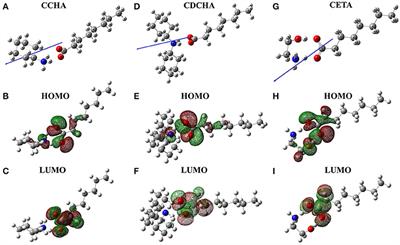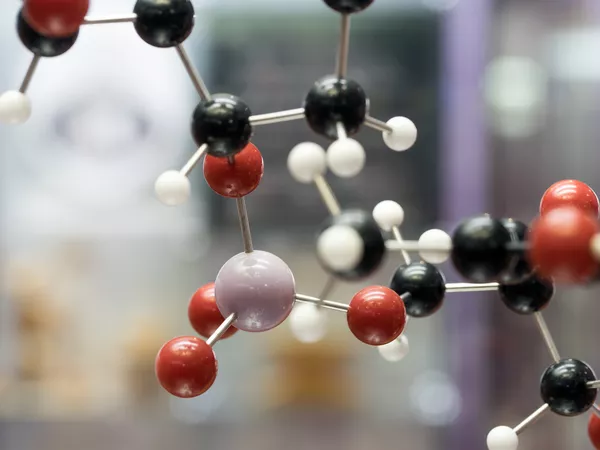EDITORIAL
Published on 10 Jul 2018
Editorial: Discovery of Novel Molecules for Corrosion Protection Using Computational Chemistry
doi 10.3389/fchem.2018.00277
- 2,715 views
- 4 citations
7,114
Total downloads
51k
Total views and downloads
You will be redirected to our submission process.
EDITORIAL
Published on 10 Jul 2018
ORIGINAL RESEARCH
Published on 07 May 2018

ORIGINAL RESEARCH
Published on 06 Feb 2018

ORIGINAL RESEARCH
Published on 24 Aug 2017

ORIGINAL RESEARCH
Published on 31 May 2017

ORIGINAL RESEARCH
Published on 16 Mar 2017

